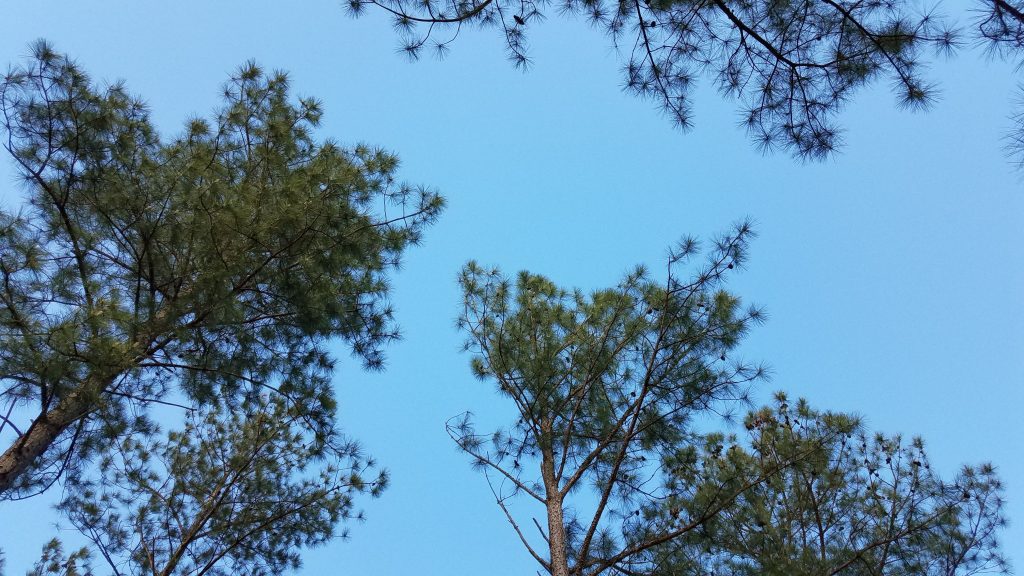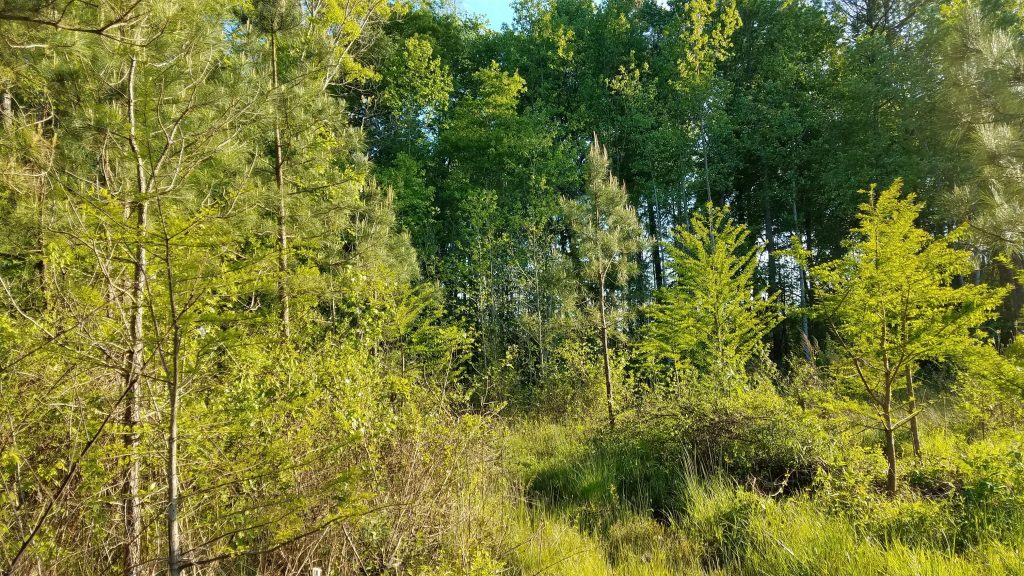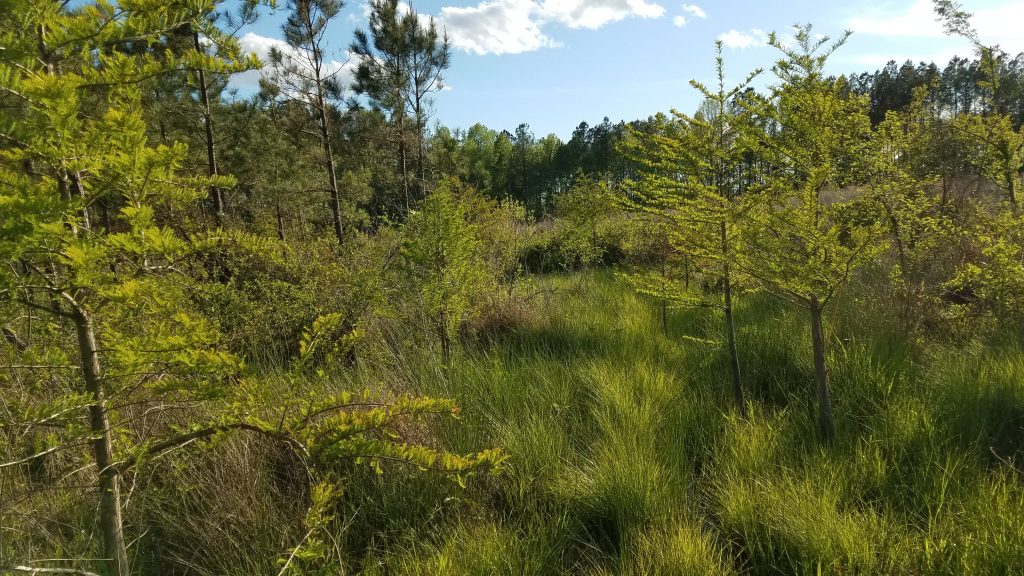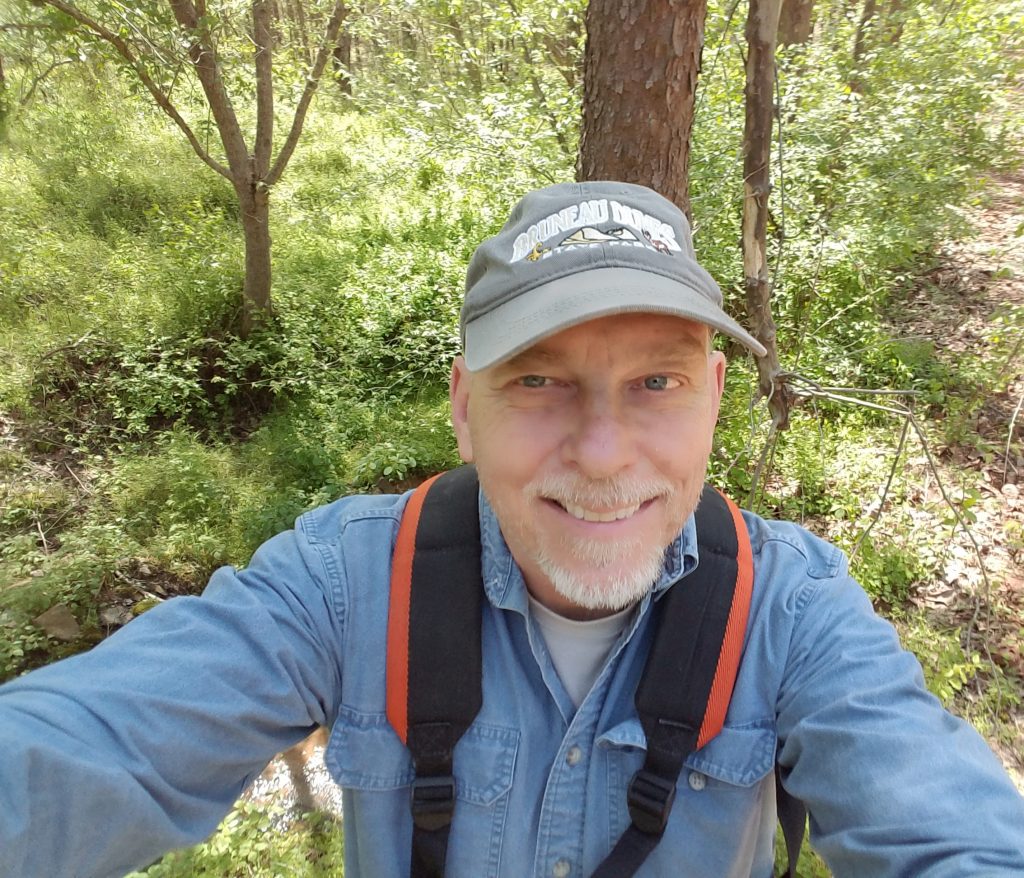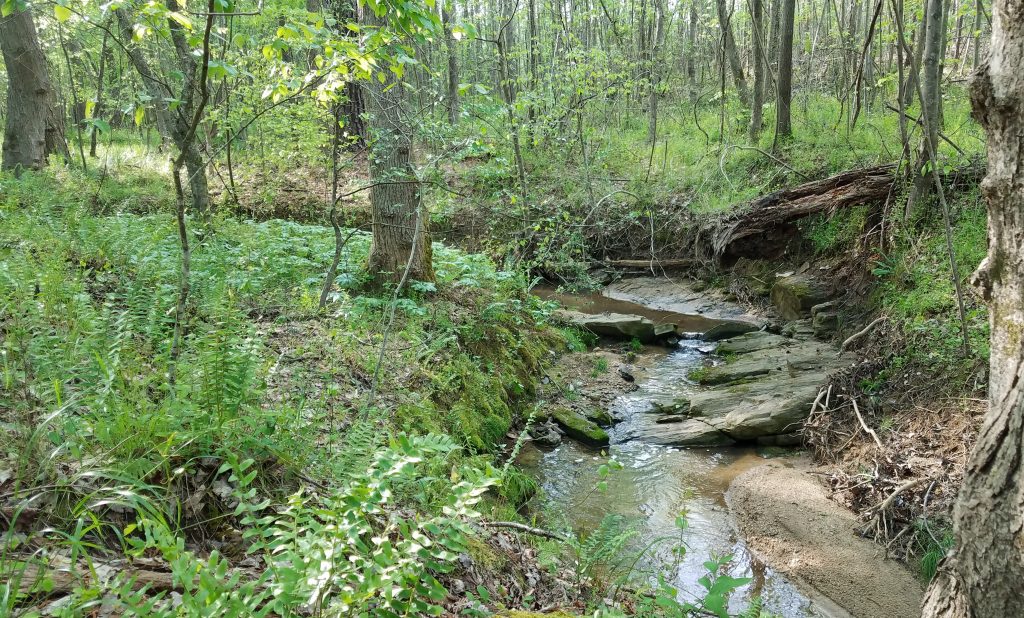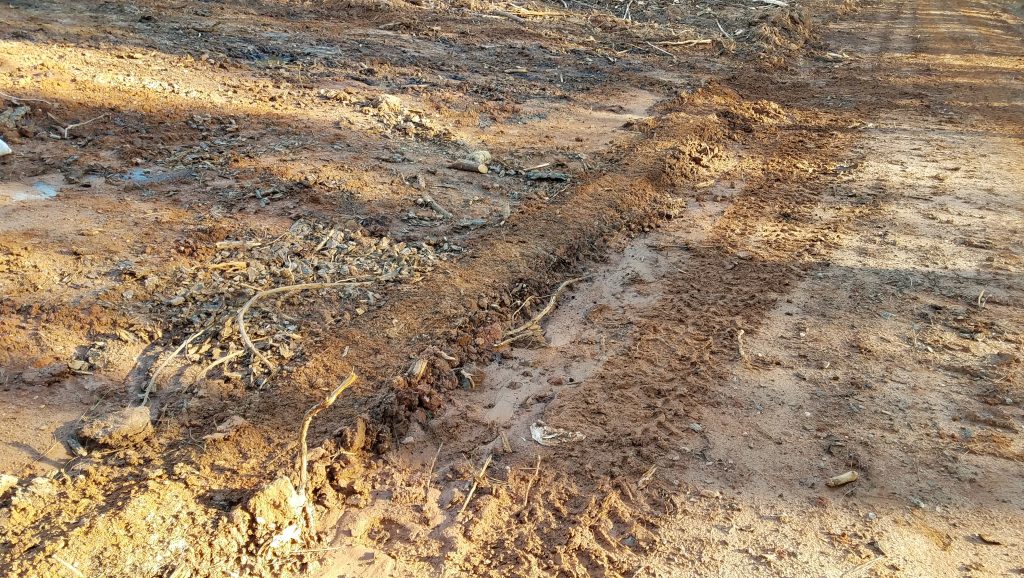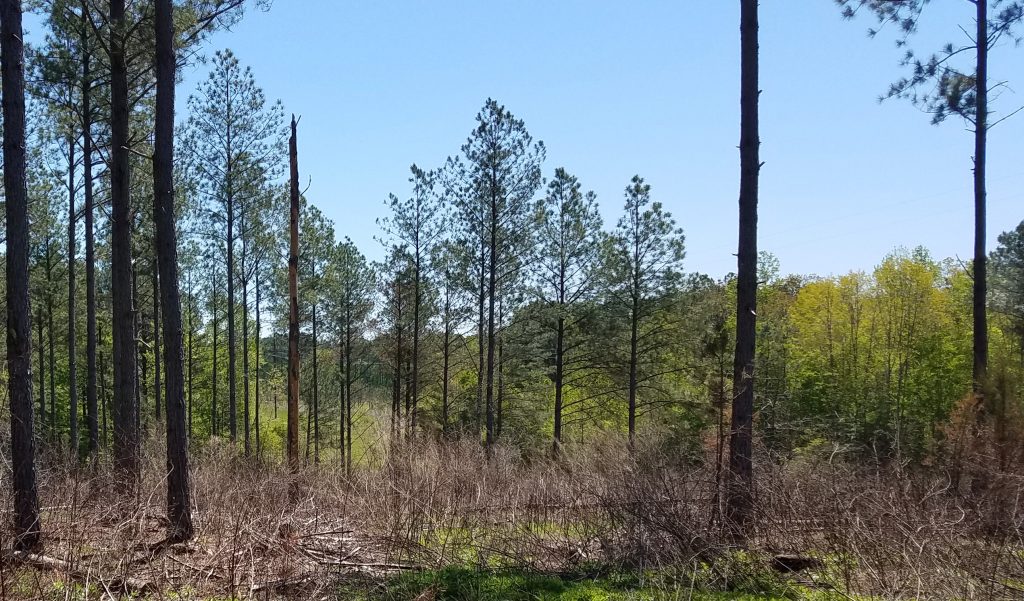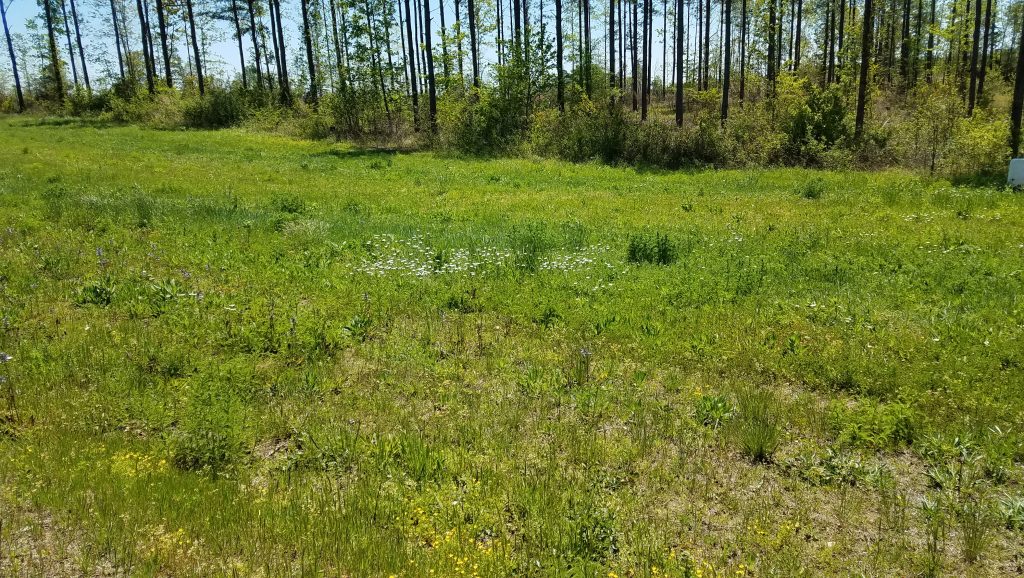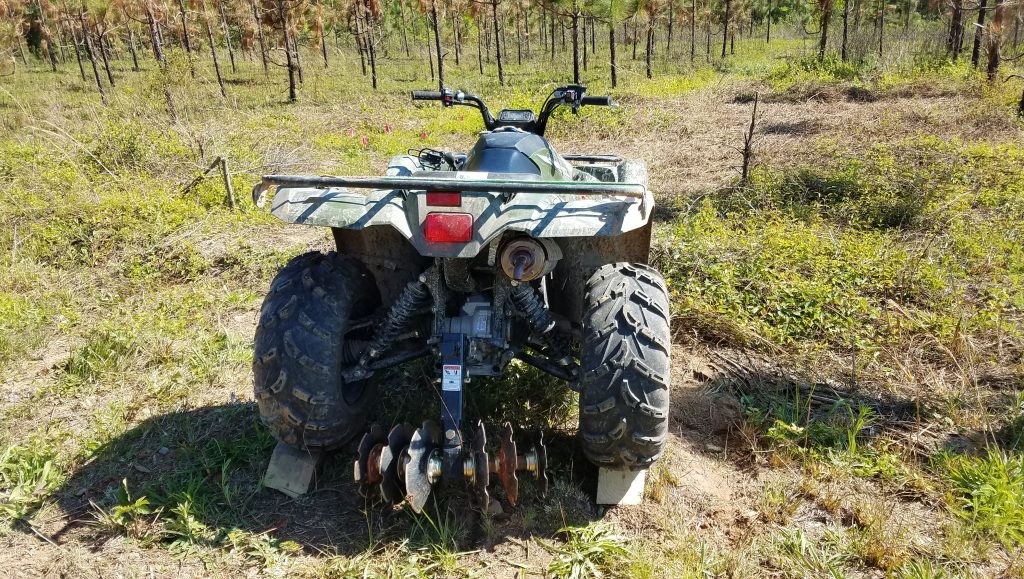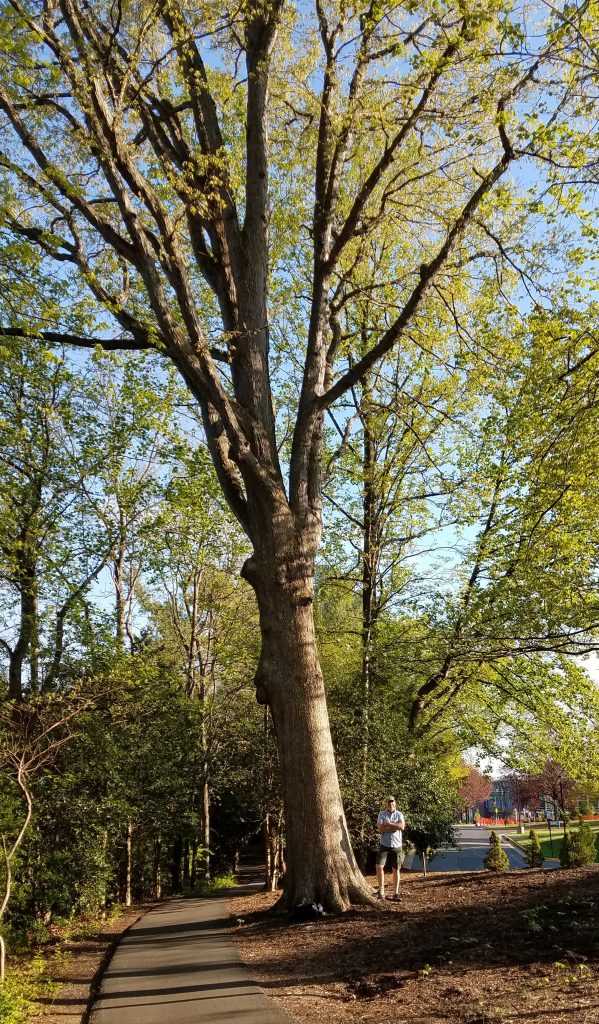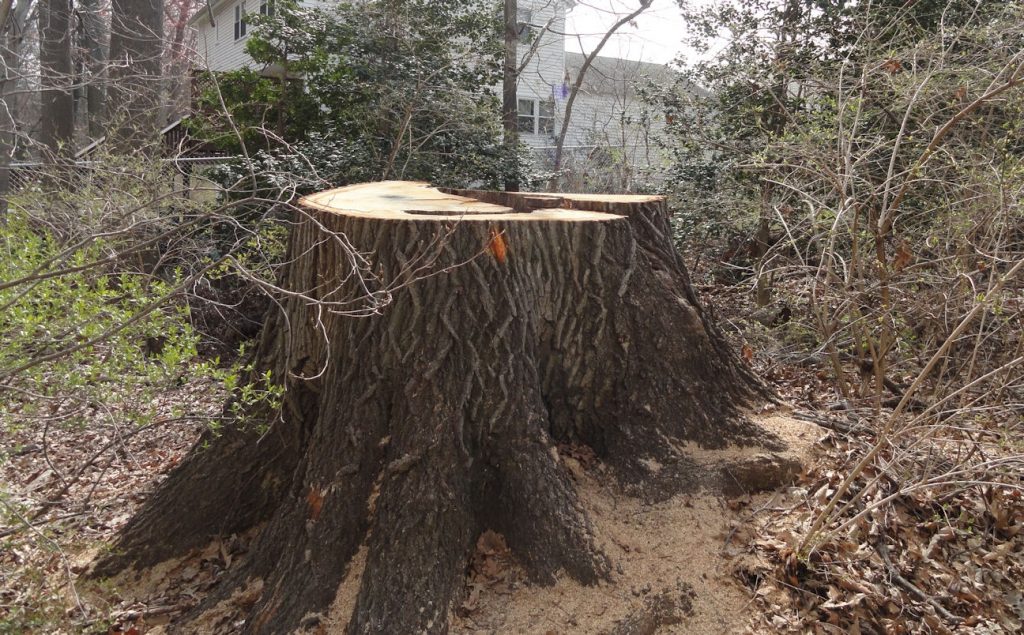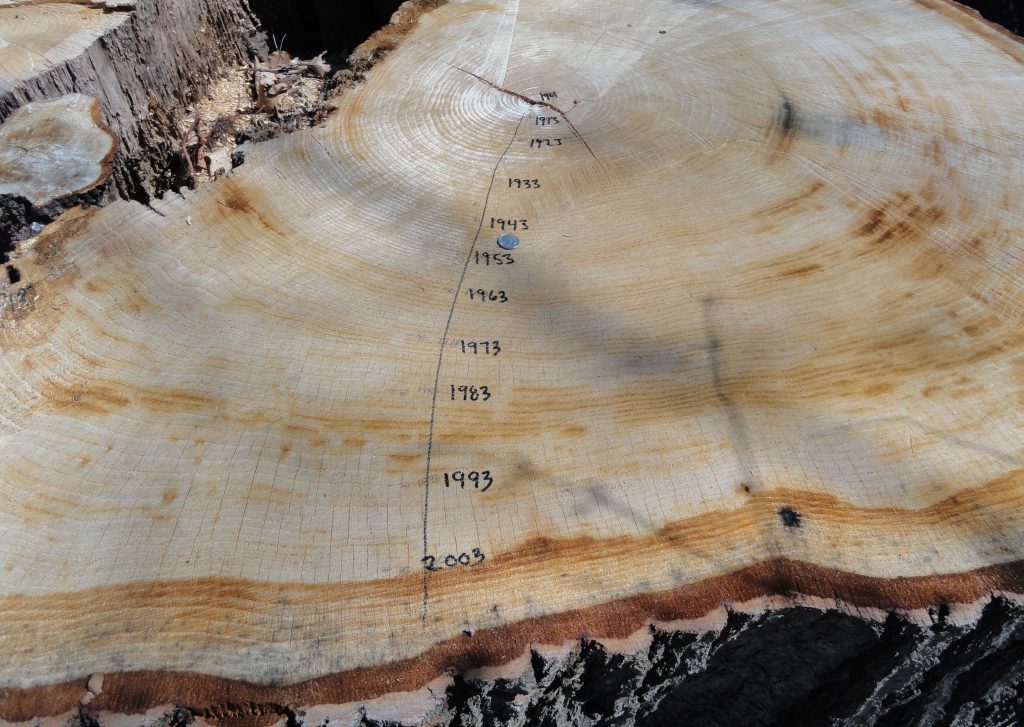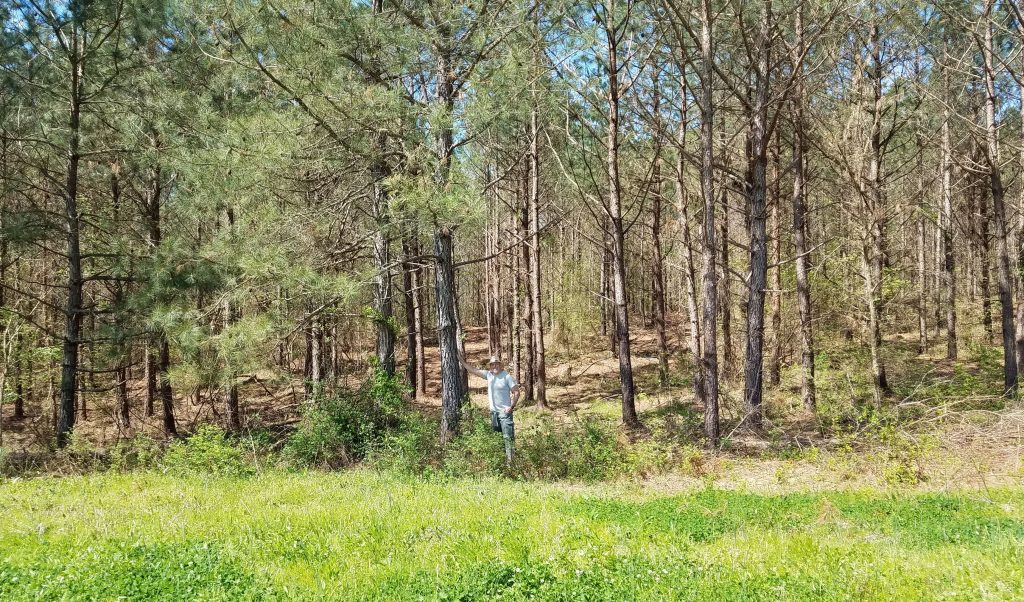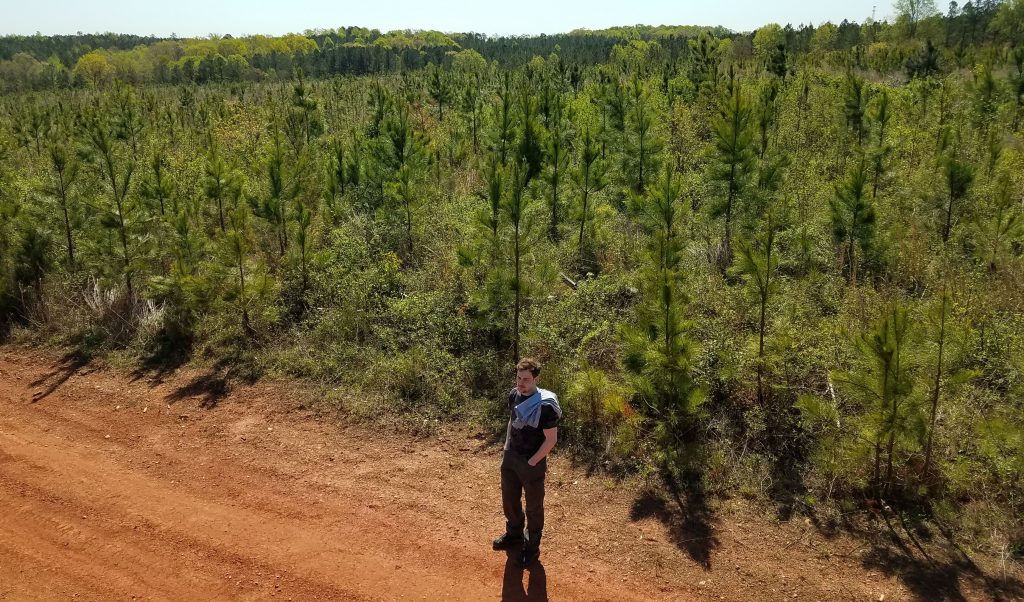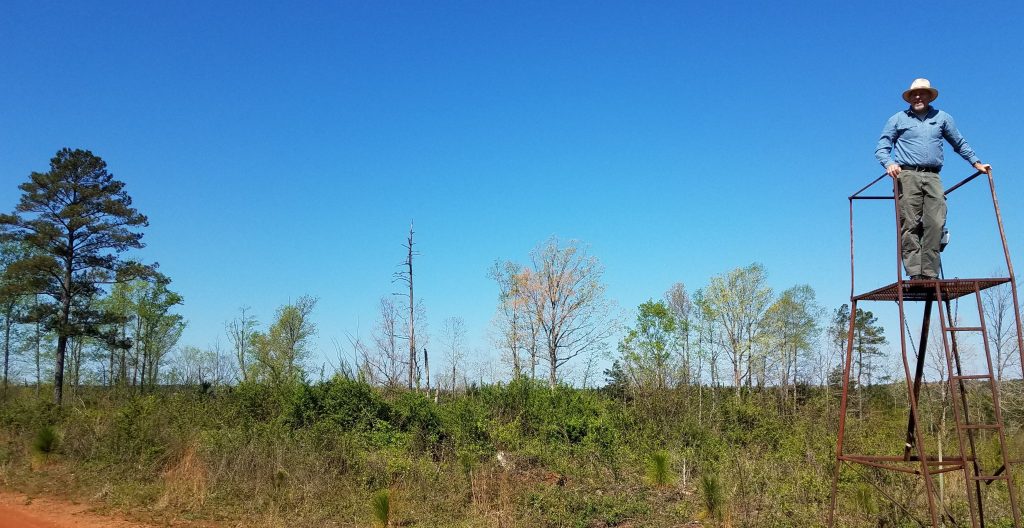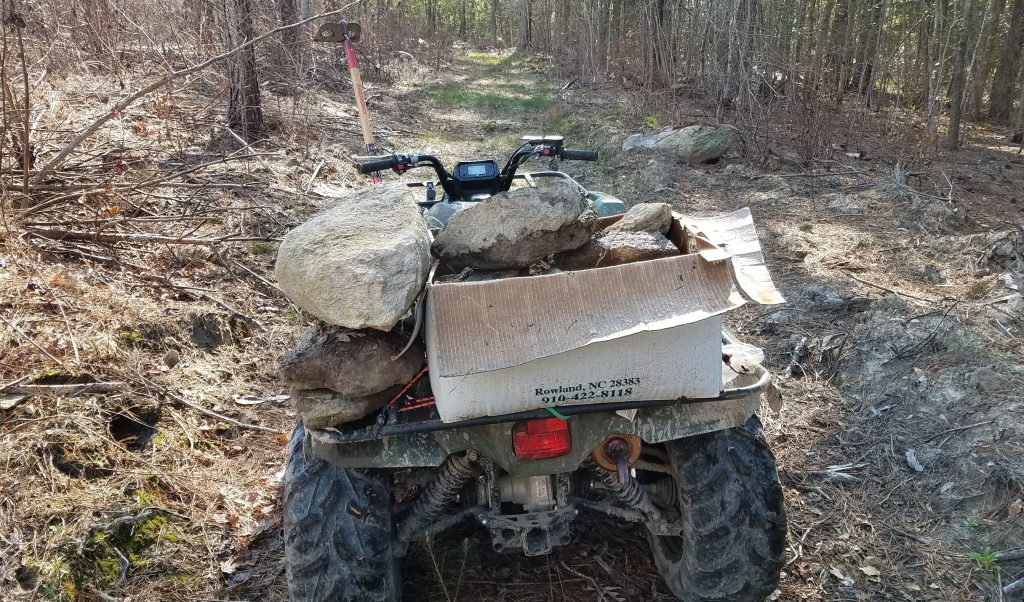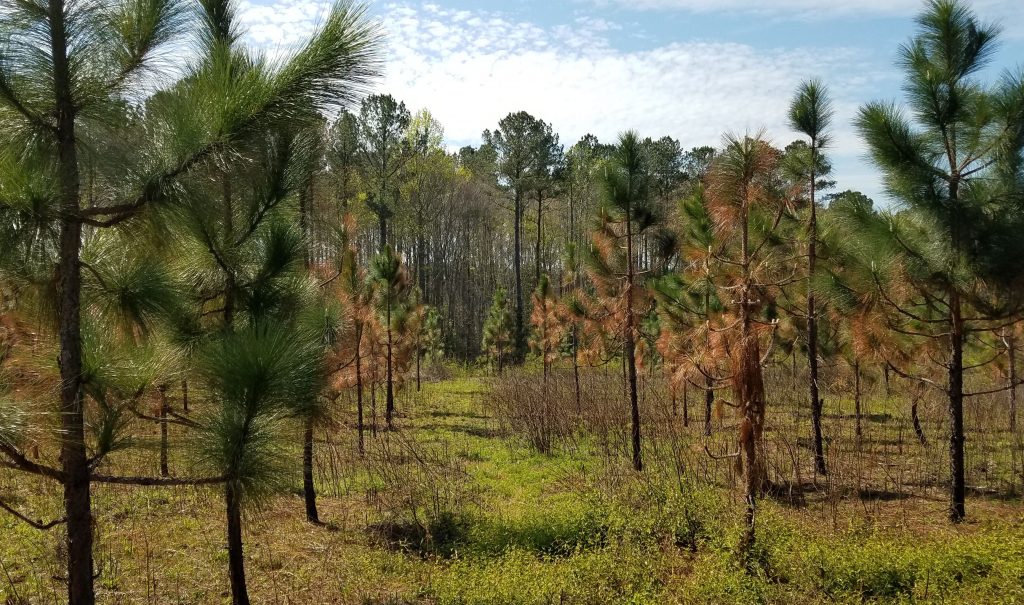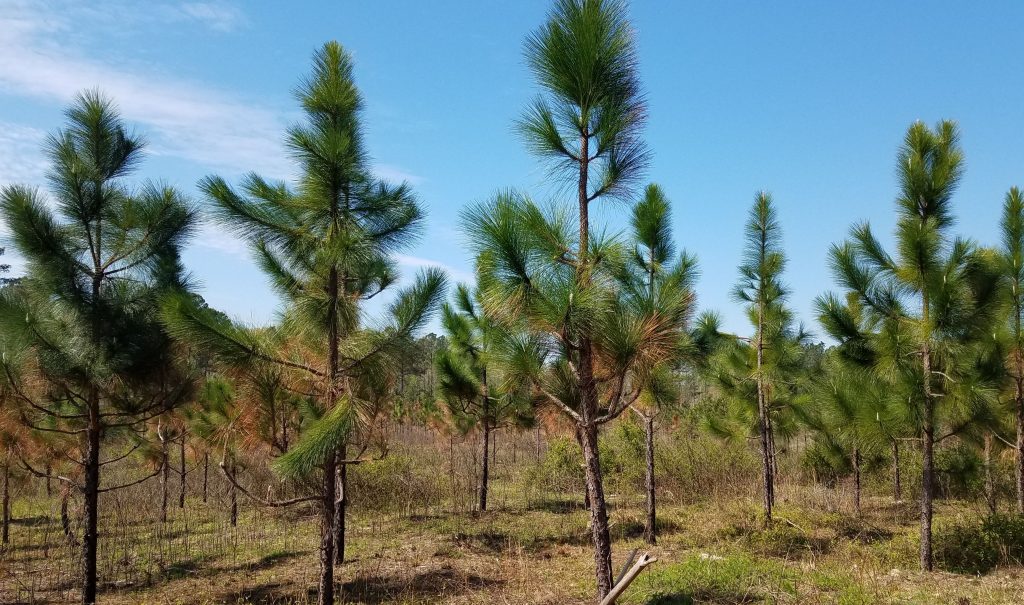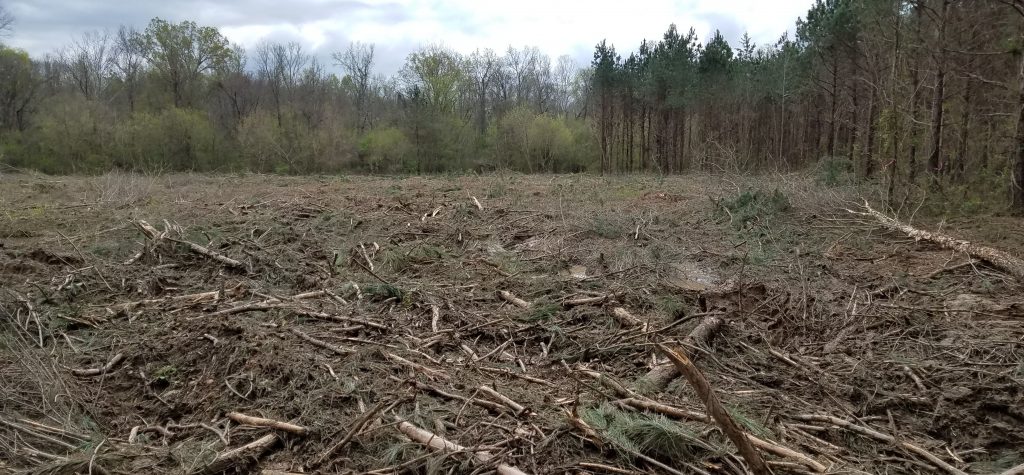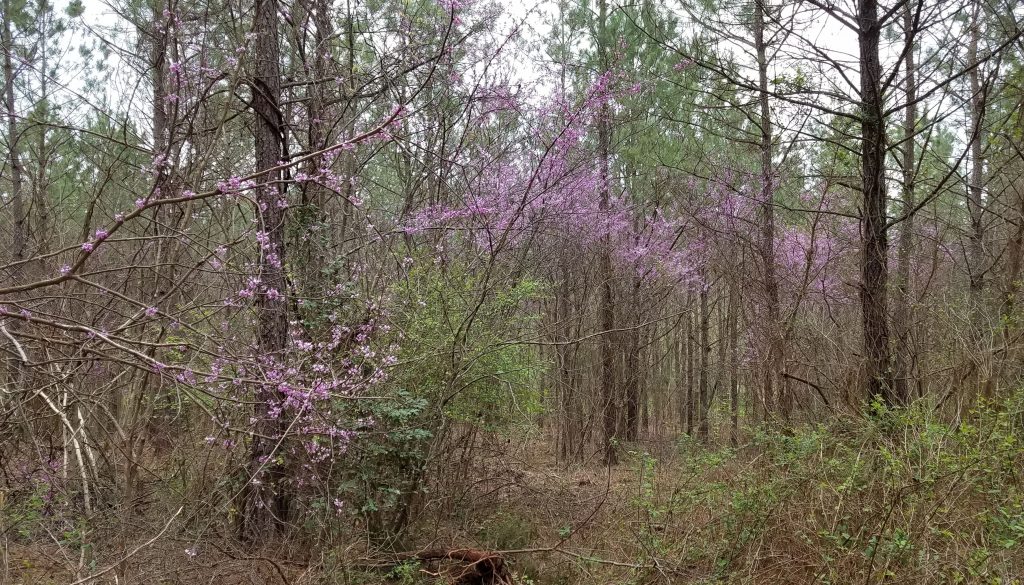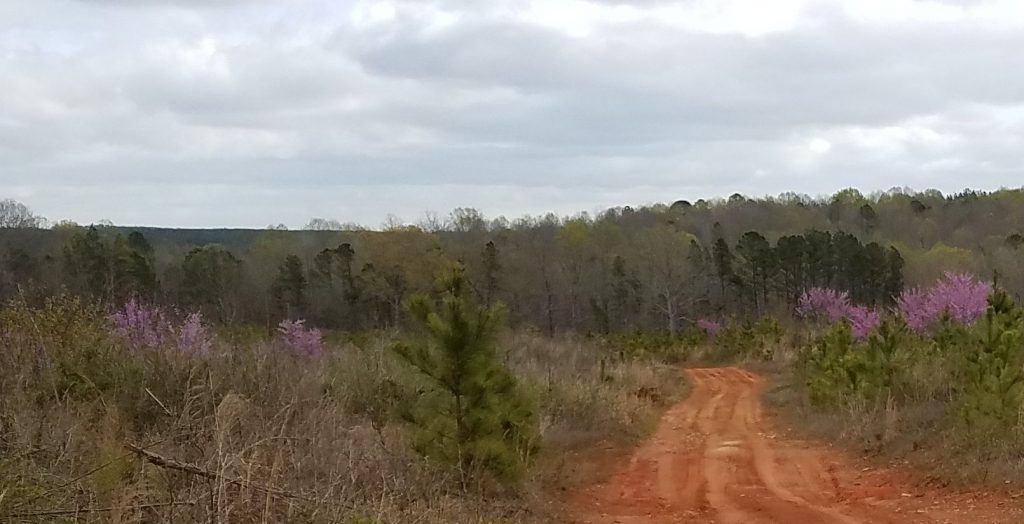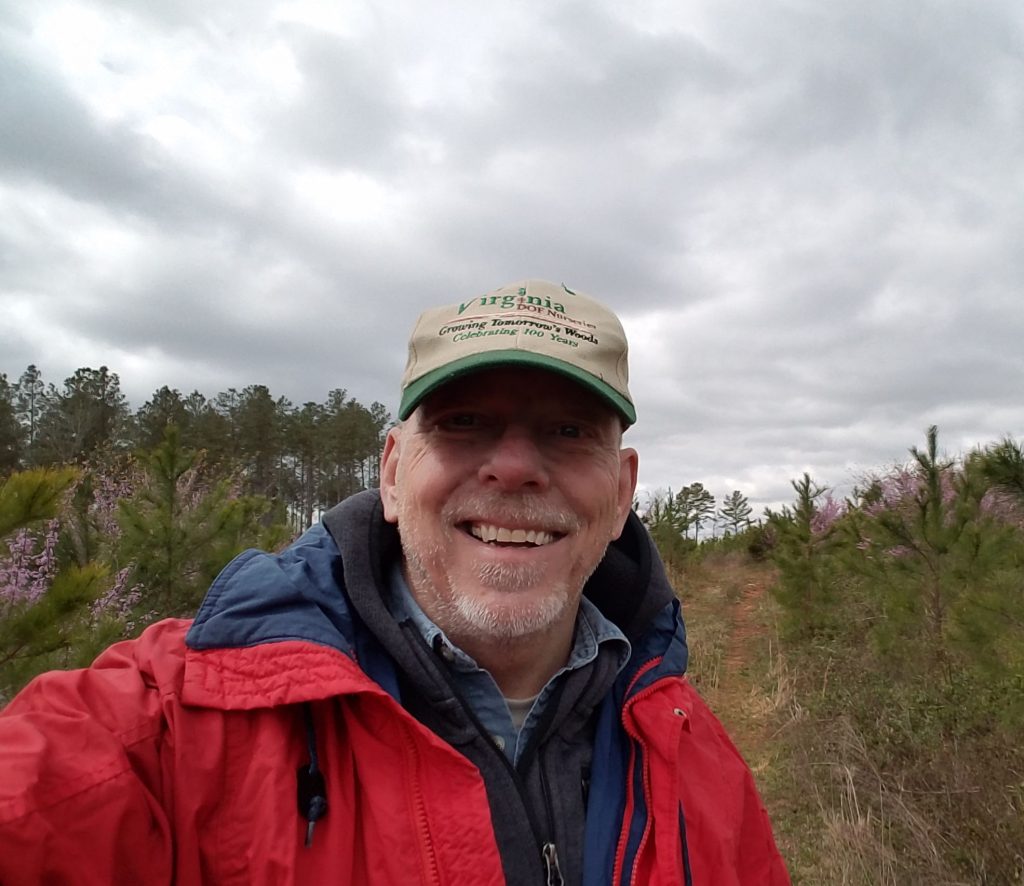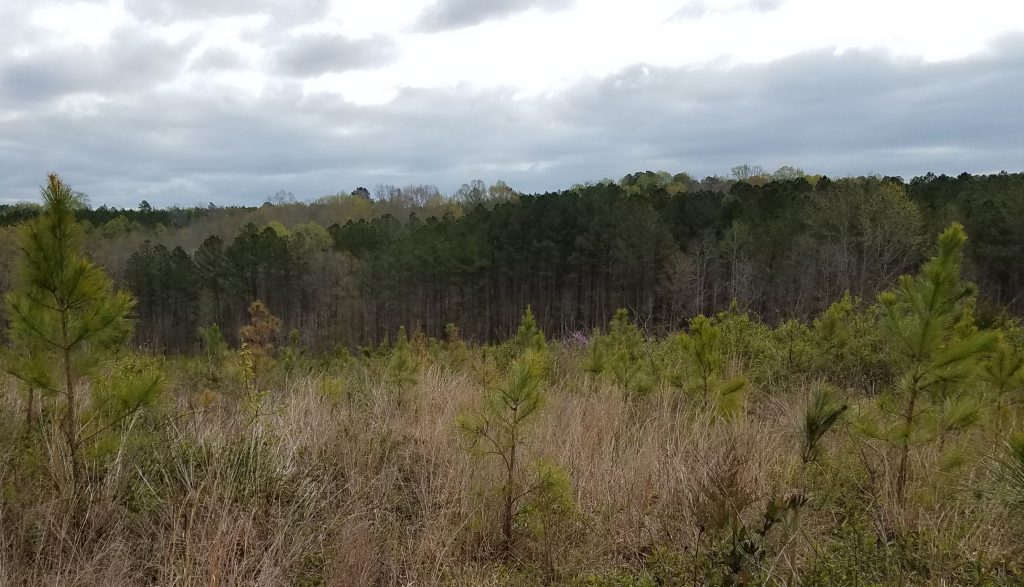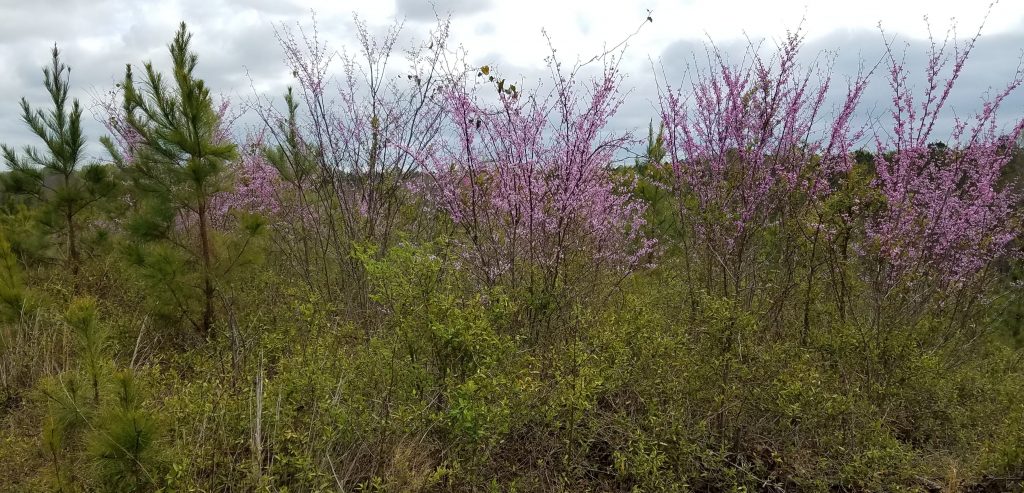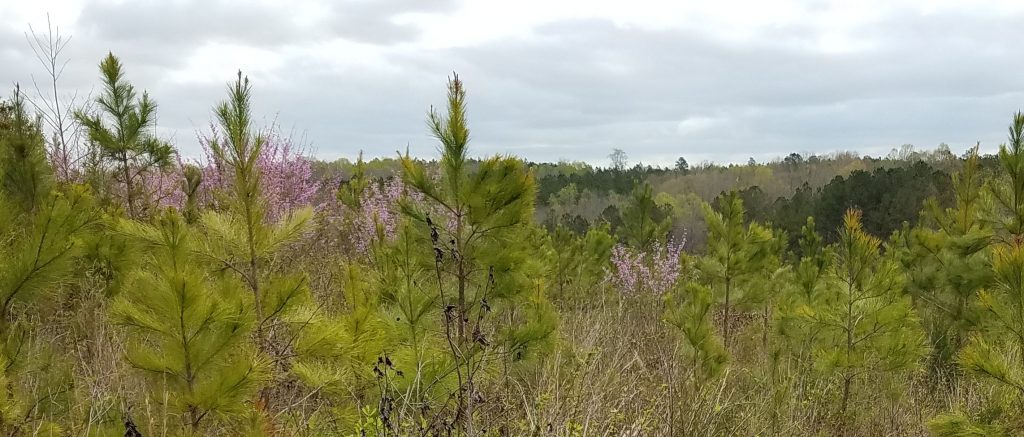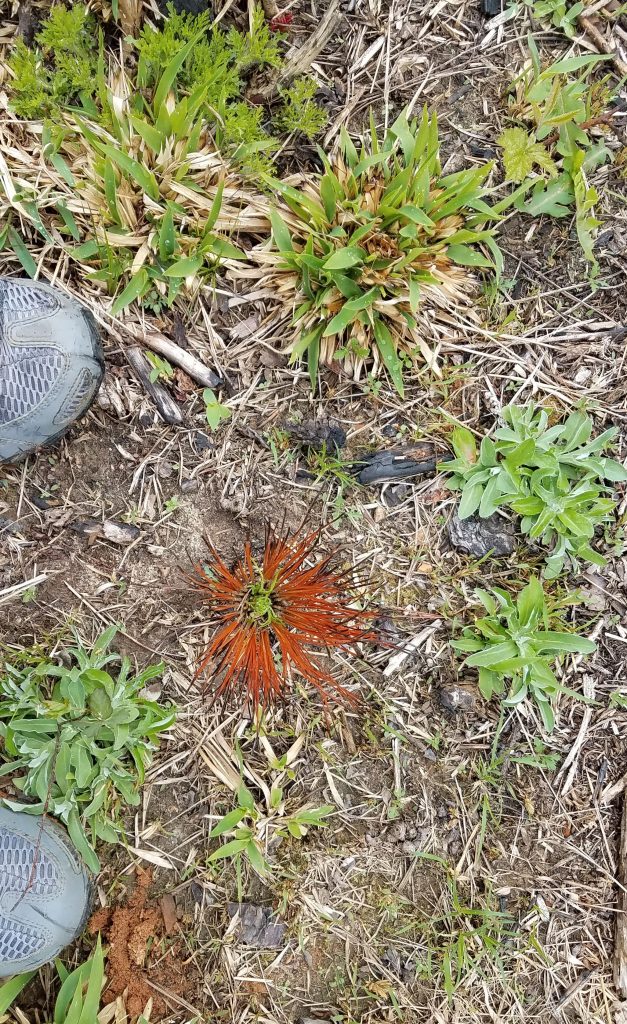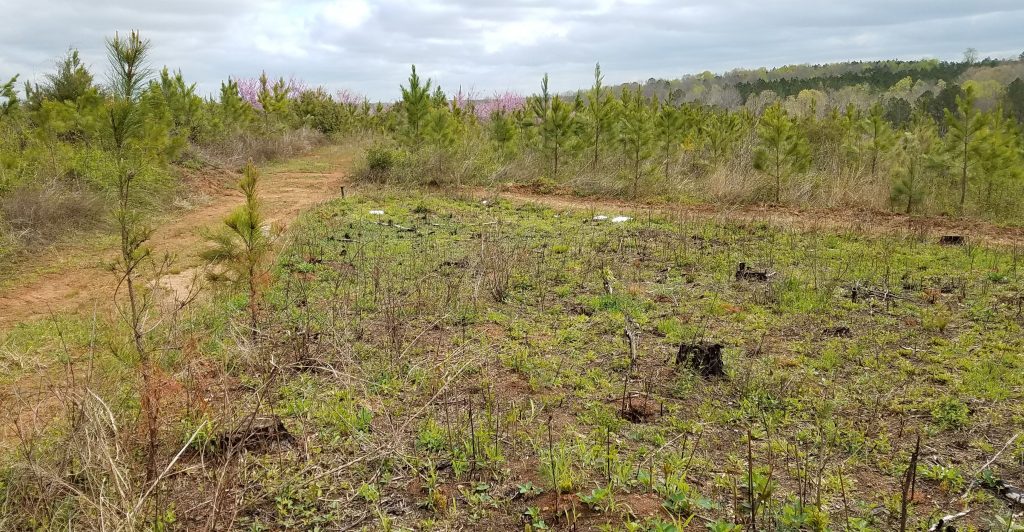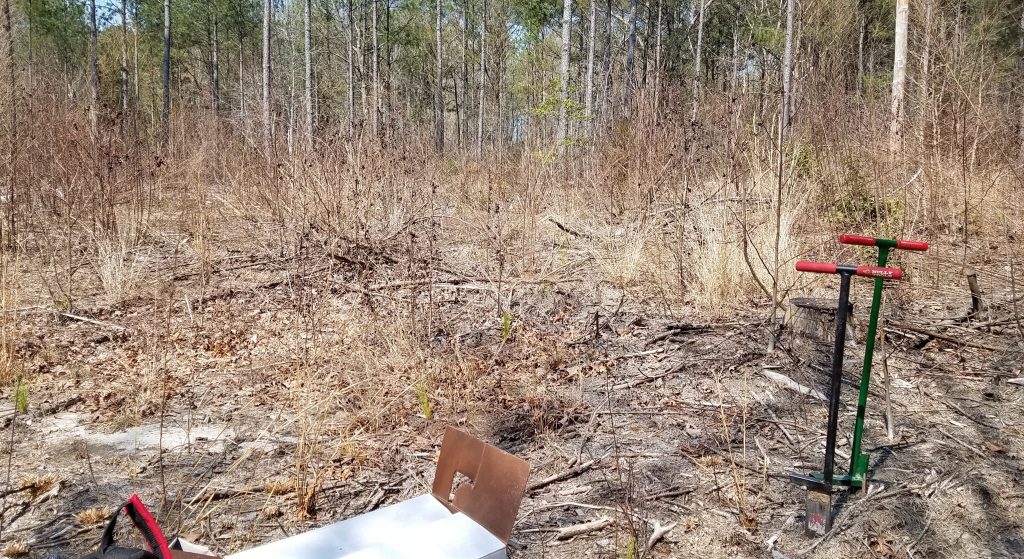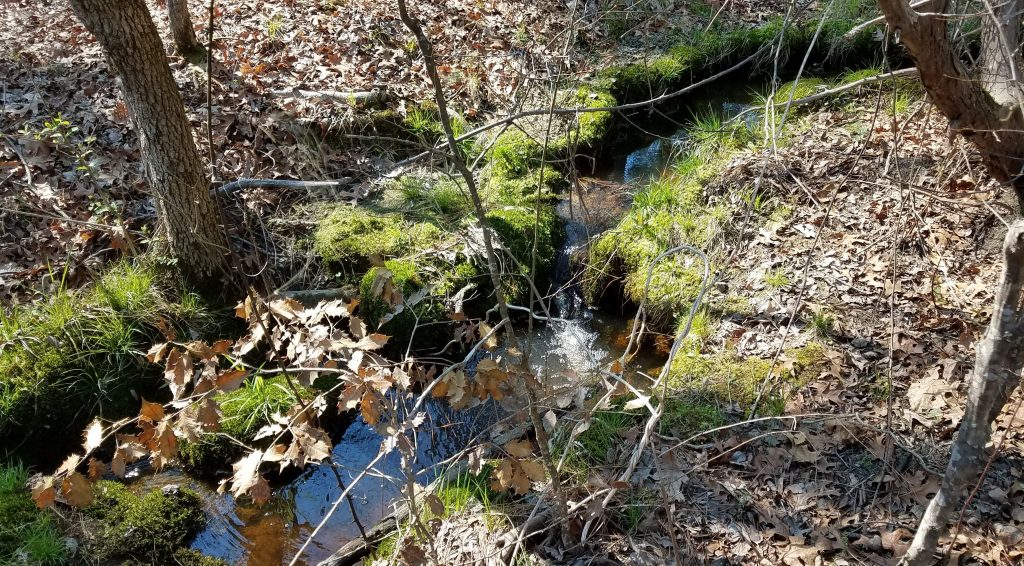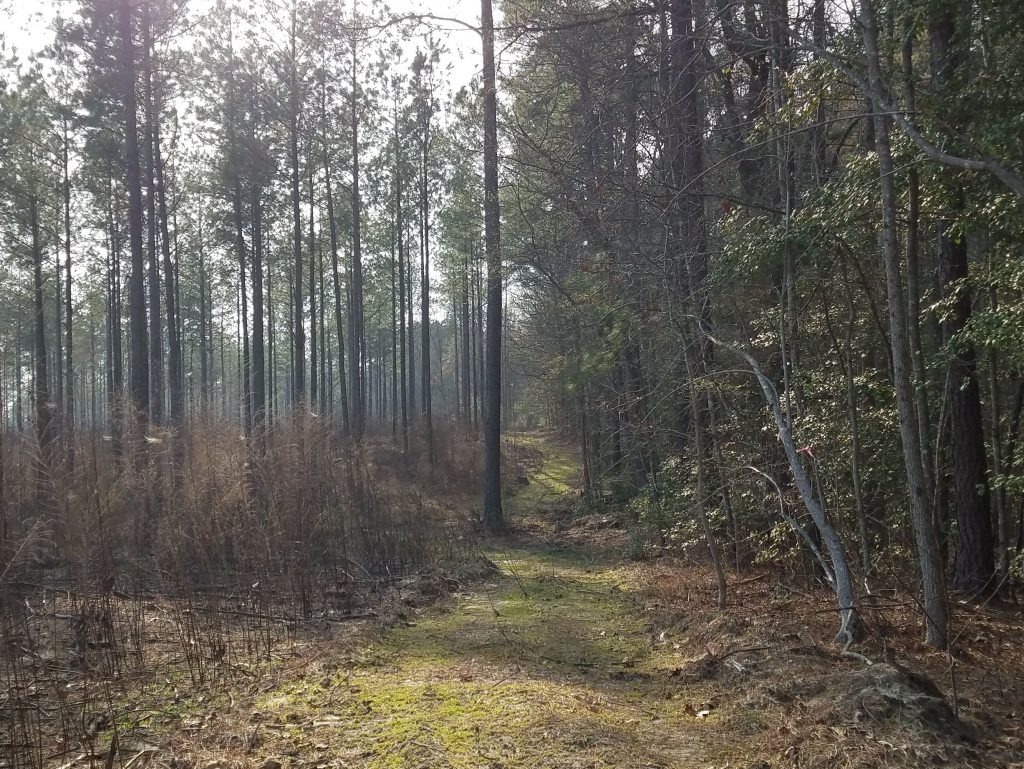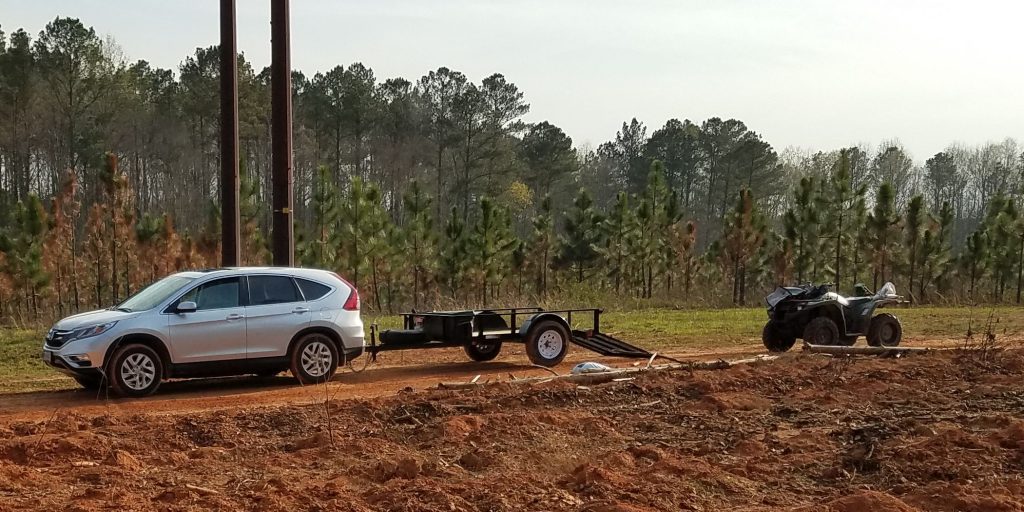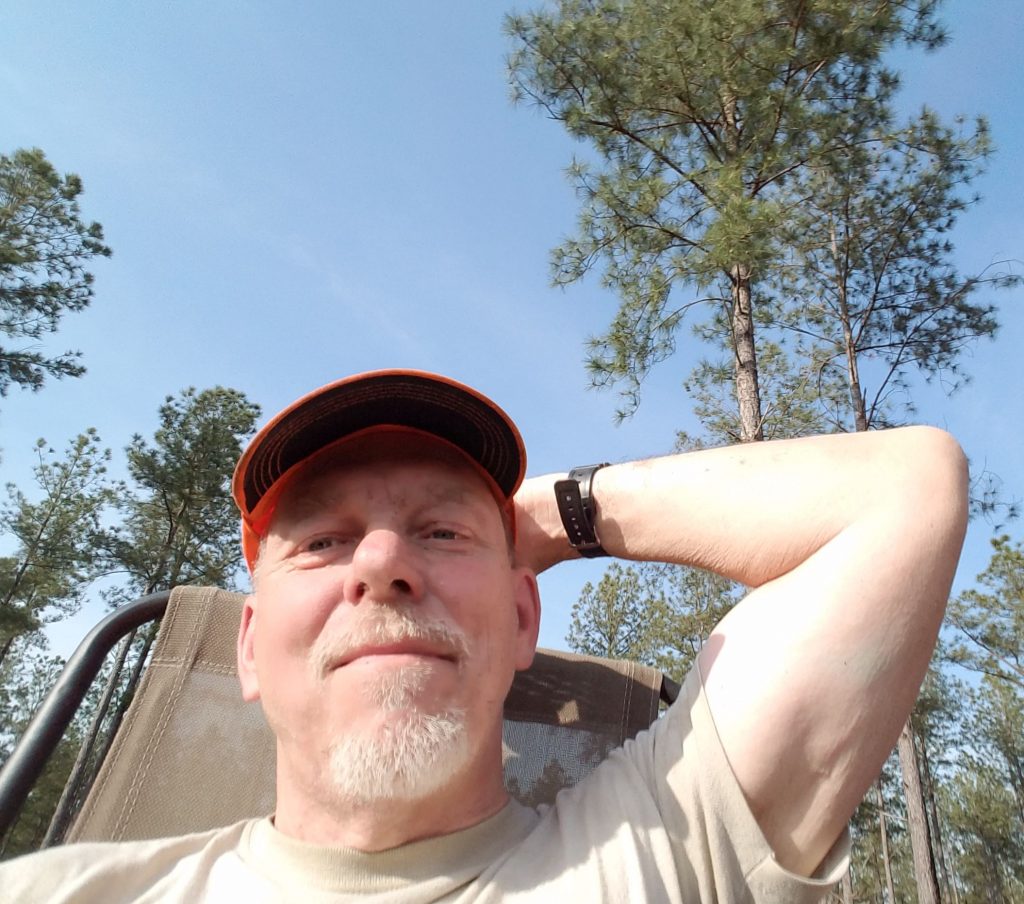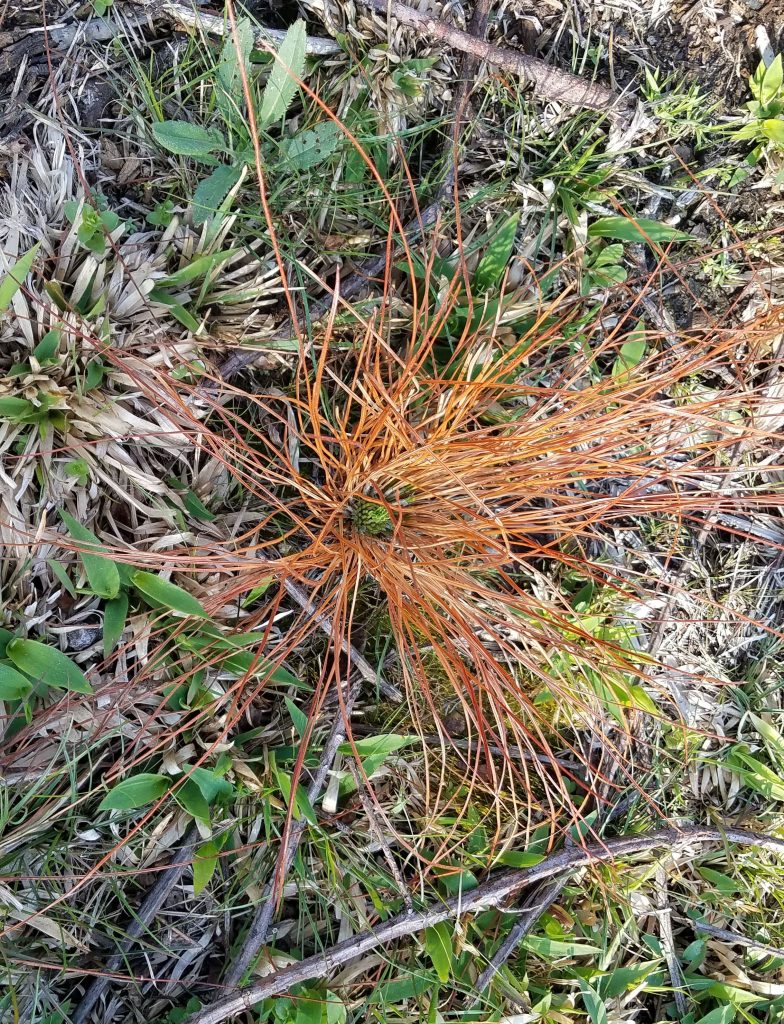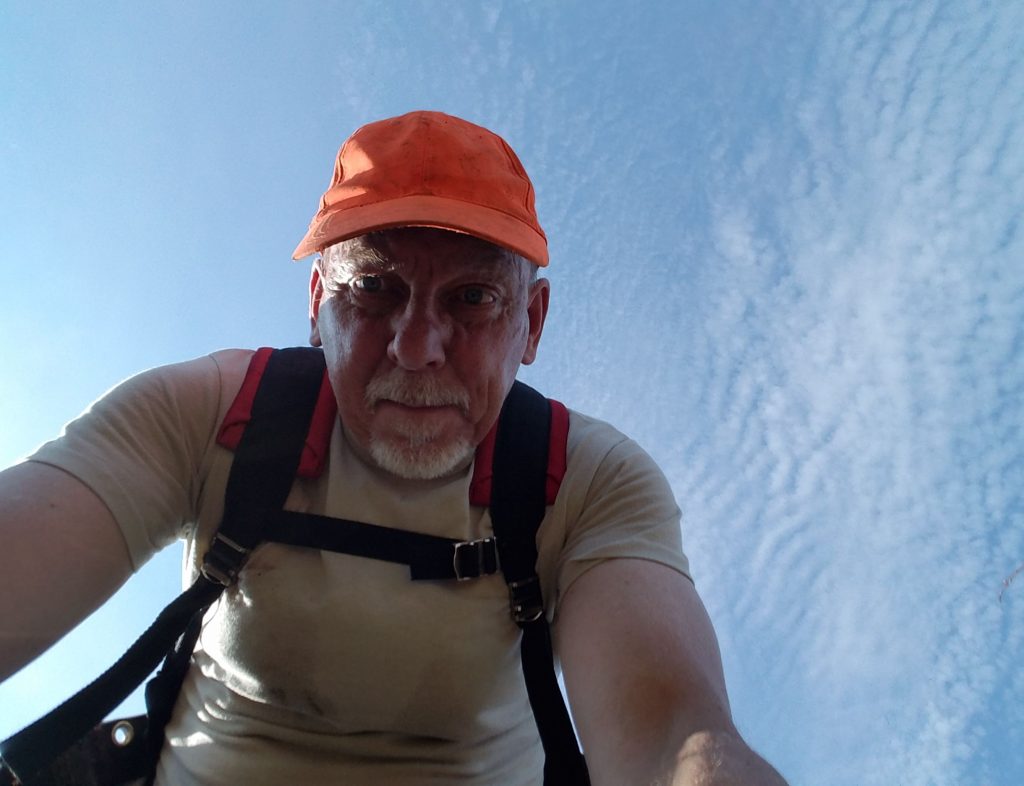Wonderful good news for our North American forests. The American Forest Foundation (AFF) & the Nature Conservancy (TNC) are partnering to facilitate better conservation practices on private land, and Amazon has signed up with a $10 million grant to help fund the project starting in Vermont and Pennsylvania, an investment that will help remove over 18 million metric tons of carbon dioxide from the atmosphere – equivalent to 46 billion miles driven by an average passenger vehicle.
Follow this link.
Family forests
Families and individuals in the eastern USA own more forests land than government or big firms. I do not think most people are aware of this. It means that most conservation is done on private forest lands, like mine that I write about so often.
Conservation, however, costs money, both in actual outlays of cash and in money lost by not taking the most cash you can get from your land. This is a tradeoff that most forest landowners are willing to make. Sustainability requires we balance the economic, ecological and social factors in any enterprise. Besides forest products, well-cared-for forest land produces clean water, wildlife habitat and natural beauty. Everybody enjoys the ecological and societal benefits, but the economic costs fall on the landowners.
It is like all of us enjoying a fine meal and a stranger picking up the check, nice but we probably cannot count on a free ride forever, not because he does not want to but rather because he cannot afford to keep it up.
Funds for conservation
TNC and AFF are addressing this issue by making funds available to family landowners to carry on the conservation they want to do, and we all want them to do. Incentives for conservation practices are not new and their history has not always been exemplary. Let me tell you about why I think this time is better, based some on my own role.
I am president of the Virginia Tree Farm Foundation (VTFF), the Virginia affiliate of the American Tree Farm Foundation in turn affiliated with the AFF, discussed above working with TNC. Sorry for the long provenance, but I needed to make the connection.
Land management plans – looking at big ecology
In Virginia, the VTFF foundation encourages conservation on family forest lands and certifies forest land. We are essentially the only practical way a small holder can get his land certified. Small landowners (and we are not always talking very small >500 acres are big for a city boy like me, small when it comes to timber) have often been unable to use conservation programs because of administrative costs. If you own a small place, the cost of registering and reporting may well exceed any revenue you get for being a good steward. Most of us still do it, mind you, but we can do less. I have been able to do institute a regime of patch burning, for example, because I got an NRCS grant. It is something I wanted to do, something great for wildlife and the environment, but not something I could justify spending thousands of dollars of my family’s money on something they could never recover. I was eager to do the needed work and did not mind spending some money, but absent the grant, I could not have done it. Lots of conservation is like that.
A land bank, Virginia and beyond
The AFF/TNC plan would work regionally. Landowners could enroll their land and get resources to do needed conservation, with the upfront and admin costs defrayed by AFF/TNC. Even better, the land is aggregated in an ecological region. The best analogy for this is a bank deposit. Banks make loans to a family that want to buy a house. No individual bank depositor would have the resources, expertise or time to make the loan, but when the deposits are aggregated, it works. Similarly a family that enrolls their land may be unable to keep it locked up for decades, but they can “deposit” their land and allow firms, like Amazon, to “buy” conservation from the group, knowing that individuals may enter or leave.
We are doing right now doing a land management plan in Virginia east of the Blue Ridge, soon to be expanded to the whole of the Old Dominion. This will take into account Virginia’s ecological regions and allow certified landowners to commit their land to conservation w/o losing control over it. It is a win for them, for the firms involved for the environment and generally. Virginia’s plan will be ready by the end of this year. I am 100% behind this and my small part in making this happen is one of my life’s legacies.
Better to light one candle than to curse the darkness
Our efforts will not solve the climate problem or make conservation work always and everywhere, but it is a big step forward, at least in each of our states. I am much enamored with the process. It is persuasive not coercive, which mean that those who participate will be partners, not subordinates. We will get the benefit not only of their work, but also of their innovation, expertise and local knowledge and passion for their land. They will not do what we plan; they will do better.
These are the first steps on a path whose end we cannot know, and a journey will never complete. That means we will never lack for something useful to do.
I like that.
![]()


